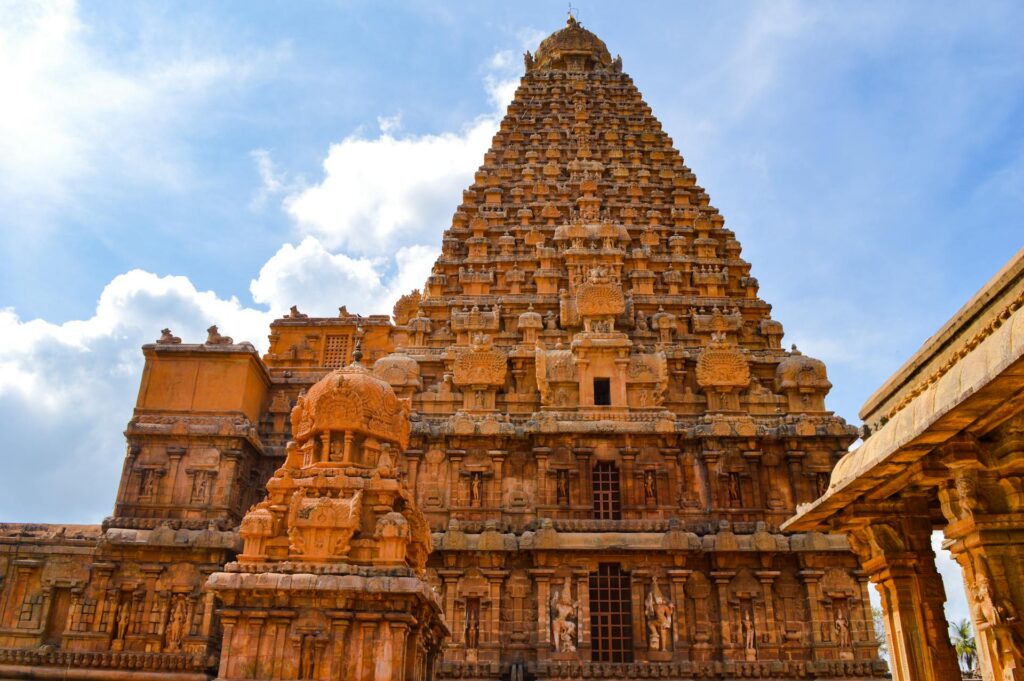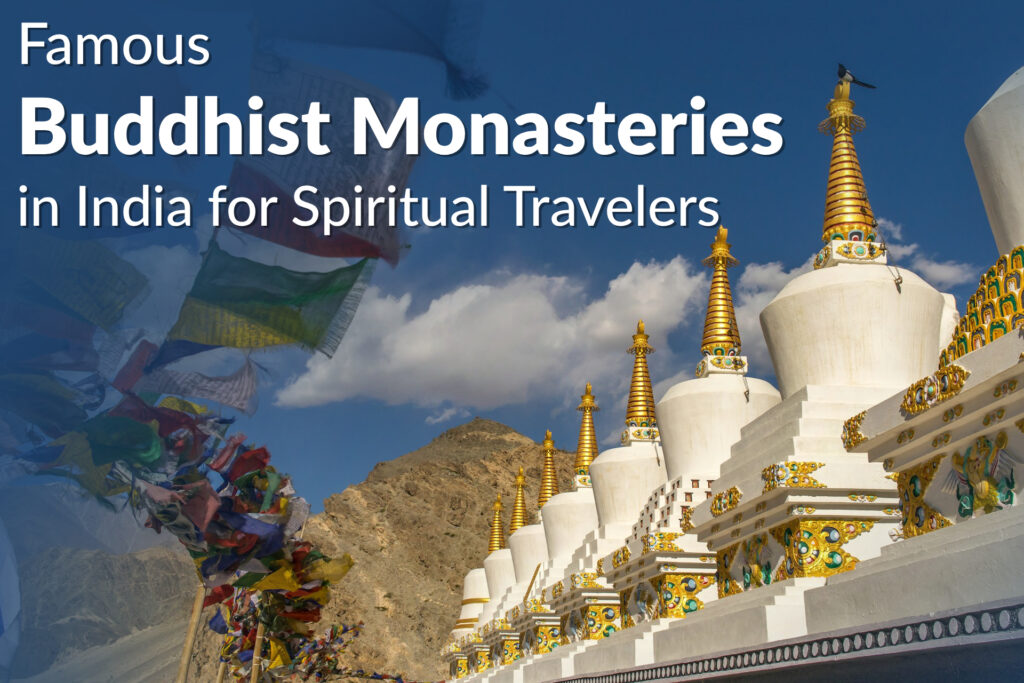12 Most Iconic Shiva Temples in India You Must Visit at Least Once
India is a spiritual land deeply rooted in mythology, faith and centuries old traditions. Among the countless deities in Hinduism, Lord Shiva is worshipped as the destroyer of evil and the transformer of the universe. Devotees across the country revere him in various forms, but the most sacred abodes are the 12 famous Shiva temples in India, also known as the 12 Jyotirlingas.
This article will guide you through the 12 Jyotirlinga in India with legends, spiritual significance, travel details, tips, and the Jyotirlinga in India list with location-wise info. If you’re planning a spiritual retreat, pilgrimage, or cultural journey, this guide is your complete travel companion.
What is a Jyotirlinga?
A Jyotirlinga is a devotional representation of Lord Shiva. The term “Jyoti” means light, and “Linga” refers to the symbolic form of Shiva. According to legend, these Jyotirlingas appeared from a column of light, symbolizing Shiva’s infinite presence.
Visiting all 12 Jyotirlingas is considered highly auspicious and spiritually uplifting. Pilgrims believe that darshan of all Jyotirlingas removes sins and grants liberation (moksha).
All Jyotirlinga in India List (State-wise)
| Jyotirlinga | Location | State |
|---|---|---|
| Somnath | Veraval | Gujarat |
| Mallikarjuna | Srisailam | Andhra Pradesh |
| Mahakaleshwar | Ujjain | Madhya Pradesh |
| Omkareshwar | Khandwa | Madhya Pradesh |
| Kedarnath | Rudraprayag | Uttarakhand |
| Bhimashankar | Pune | Maharashtra |
| Kashi Vishwanath | Varanasi | Uttar Pradesh |
| Trimbakeshwar | Nashik | Maharashtra |
| Vaidyanath | Deoghar | Jharkhand |
| Nageshwar | Dwarka | Gujarat |
| Ramanathaswamy | Rameswaram | Tamil Nadu |
| Grishneshwar | Ellora | Maharashtra |
This jyotirlinga in India list helps plan your religious or cultural trip easily.
Now let’s explore each temple in detail.
1. Somnath Jyotirlinga – Gujarat
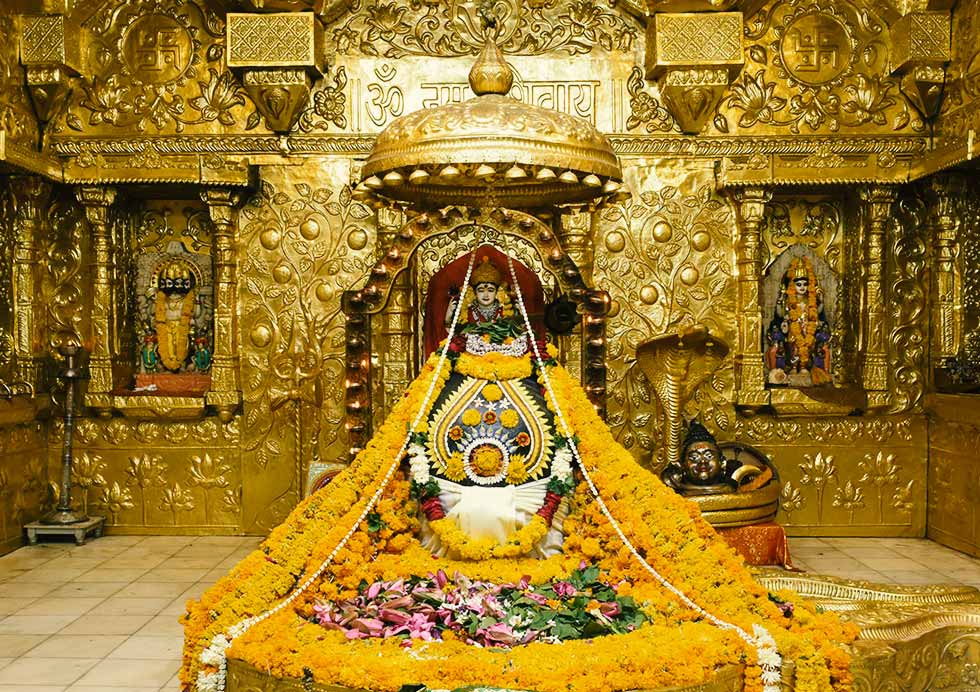
Spiritual Significance:
This is believed to be the first among the 12 Jyotirlingas. Legend says the moon god Chandra built it in gold to regain his lost radiance after a curse. Lord Shiva restored Chandra’s glow here.
Why Visit:
Somnath offers spiritual bliss and historical importance, along with scenic ocean views.
Location: Prabhas Patan, Near Veraval, Gujarat
How to Reach: Nearest airport is Diu (85 km). Veraval Railway Station is just 7 km away.
Best Time to Visit: October to March
Don’t Miss: Evening aarti near the sea
Travel Tip: Stay overnight to enjoy the beach sunrise and peaceful surroundings.
2. Mallikarjuna Jyotirlinga – Andhra Pradesh
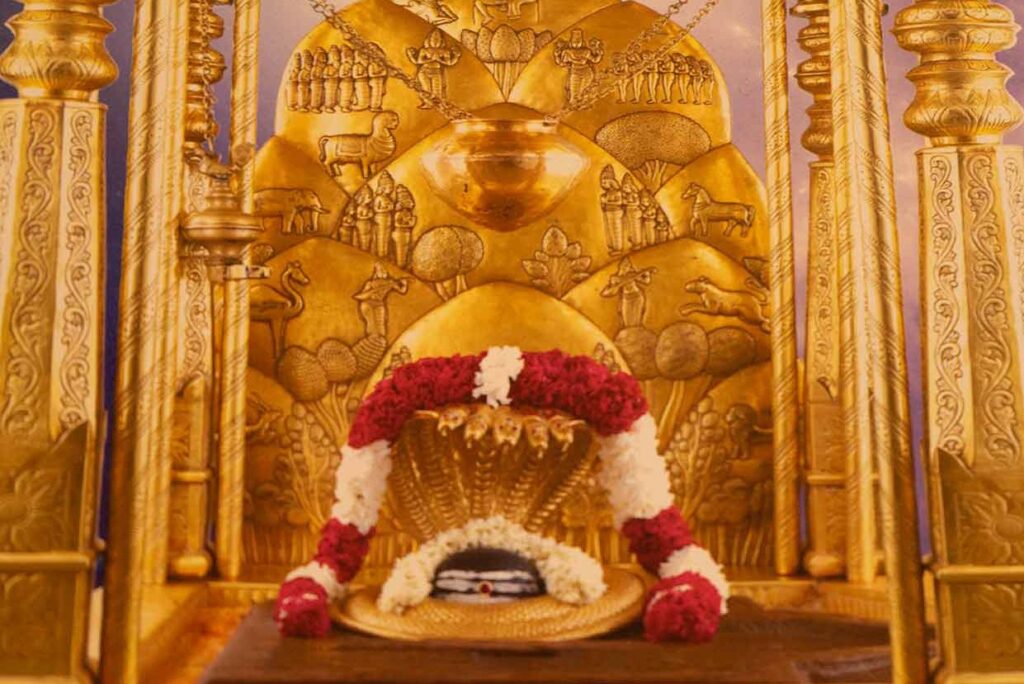
Spiritual Significance:
Shiva and Parvati are believed to have stayed here together, making it a powerful center of both Shaiva and Shakti worship.
Why Visit:
It’s one of the rare sites considered both a Jyotirlinga and a Shakti Peetha.
Location: Srisailam, Andhra Pradesh
How to Reach: Hyderabad is the nearest airport (230 km). Direct buses are available.
Best Time to Visit: October to February
Don’t Miss: Ropeway to Pathala Ganga for scenic views
Travel Tip: Opt for a forest safari in the surrounding Srisailam hills.
3. Mahakaleshwar Jyotirlinga – Madhya Pradesh
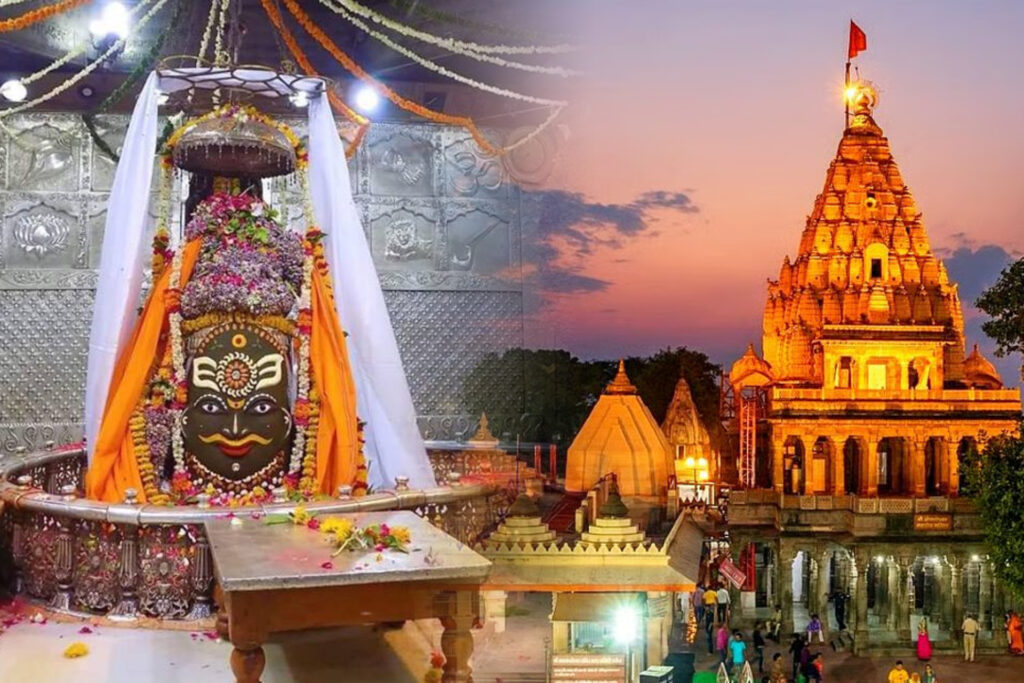
Spiritual Significance:
Shiva appeared here as Mahakaal to protect the city from demons. The linga is south-facing, unique among Jyotirlingas.
Why Visit:
It’s one of the most powerful and ancient Shiva temples in India.
Location: Ujjain, Madhya Pradesh
How to Reach: Indore Airport is 52 km away. Ujjain has a well connected railway station.
Best Time to Visit: October to March
Don’t Miss: Bhasma Aarti at 4 AM
Travel Tip: Book Aarti passes online in advance to avoid long queues.
4. Omkareshwar Jyotirlinga – Madhya Pradesh
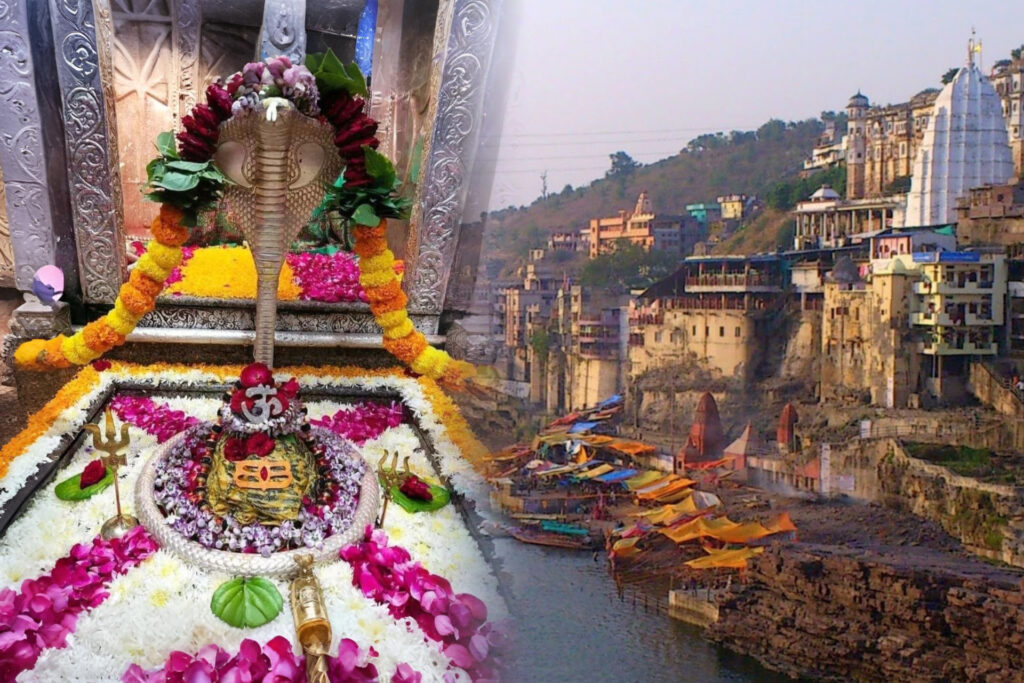
Spiritual Significance:
The temple stands on an island shaped like the sacred Om symbol. According to legend, Shiva appeared here to settle a divine dispute.
Why Visit:
The island and river location offer a meditative and serene experience.
Location: Mandhata Island, Narmada River
How to Reach: Nearest airport is Indore (80 km). Taxis and buses are easily available.
Best Time to Visit: October to March
Don’t Miss: Boat ride around the Om shaped island
Travel Tip: Spend a night at a river facing guesthouse for a spiritual retreat.
5. Kedarnath Jyotirlinga – Uttarakhand
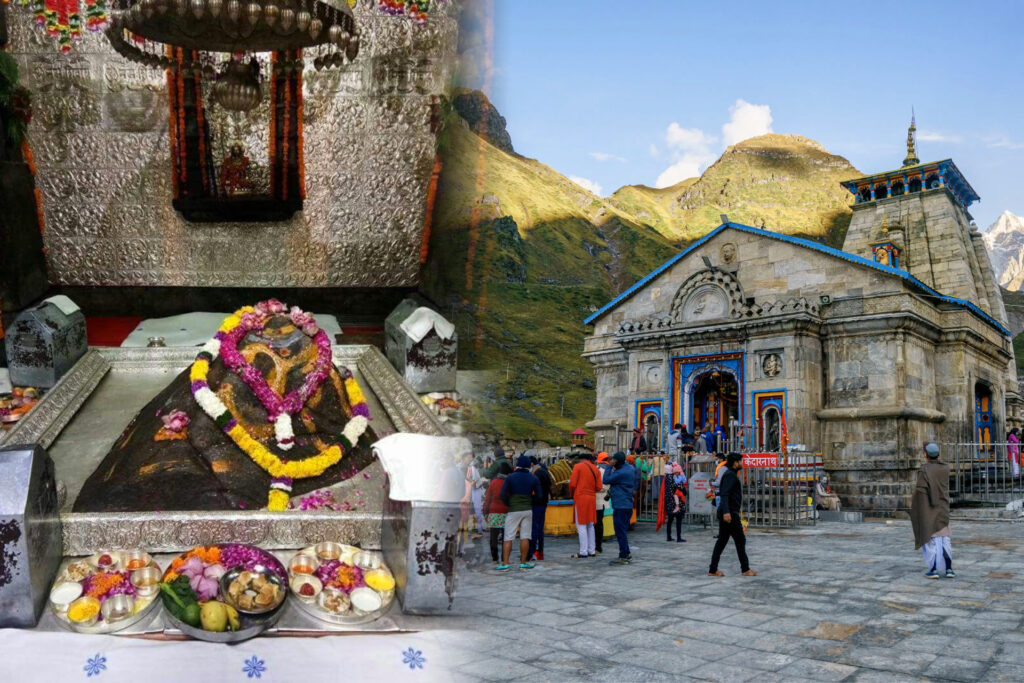
Spiritual Significance:
Built by the Pandavas to seek forgiveness after the Kurukshetra war, this temple is nestled in the Himalayas at over 11,000 feet altitude.
Why Visit:
The journey itself is a test of faith. Its breathtaking views are unmatched.
Location: Rudraprayag district, Uttarakhand
How to Reach: Helicopter from Phata or 18 km trek from Gaurikund
Best Time to Visit: May to June, September to October
Don’t Miss: Snow covered temple views
Travel Tip: Acclimatize well and carry warm clothing, even in summer.
6. Bhimashankar Jyotirlinga – Maharashtra
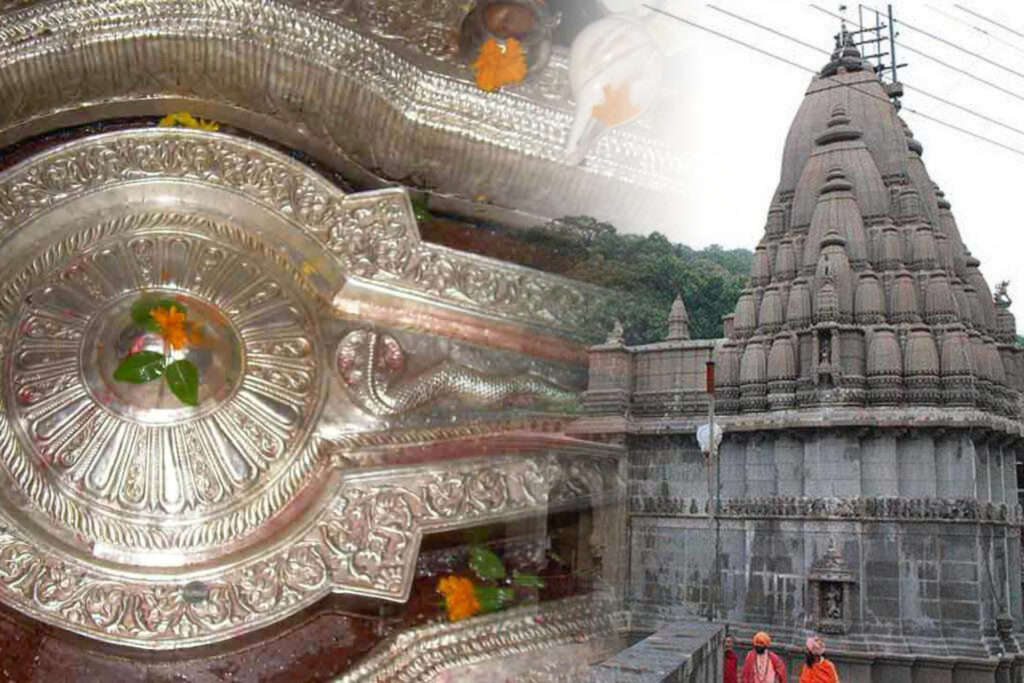
Spiritual Significance:
Shiva took the form of Bhimashankar to defeat the demon Tripurasura here.
Why Visit:
The temple is in a lush forest and is also a wildlife sanctuary.
Location: Near Pune, Maharashtra
How to Reach: Pune Airport and Railway Station are 110 km away
Best Time to Visit: October to February
Don’t Miss: Scenic trek routes nearby
Travel Tip: Avoid monsoon season due to slippery roads and landslides.
7. Kashi Vishwanath Jyotirlinga – Uttar Pradesh
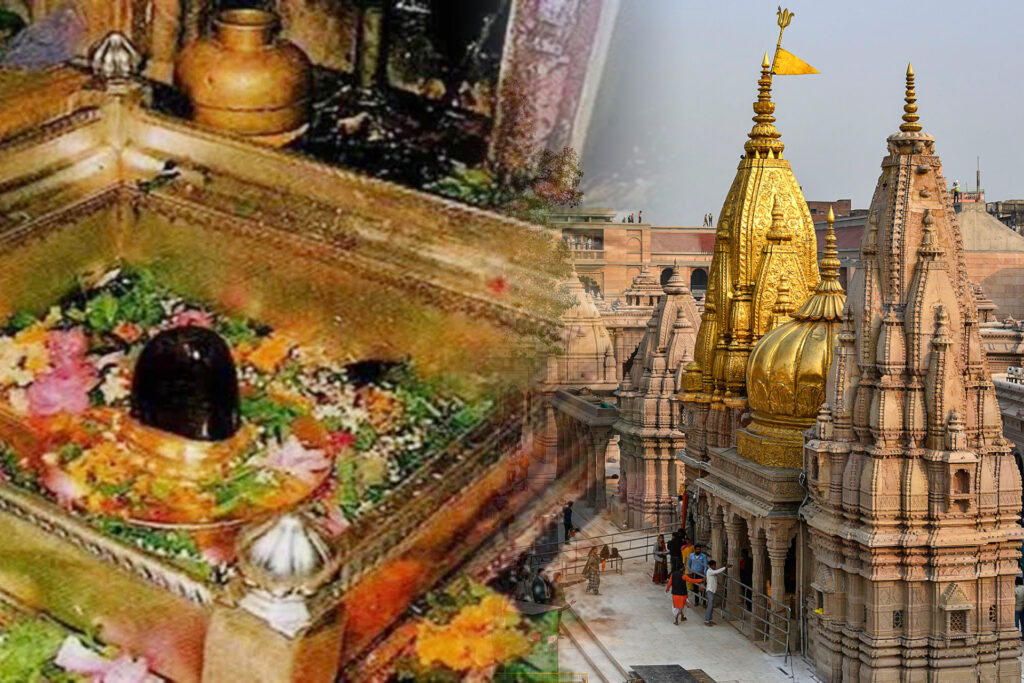
Spiritual Significance:
Shiva is believed to grant liberation to anyone who dies in Kashi. It’s one of the oldest and most revered temples.
Why Visit:
Kashi (Varanasi) is the spiritual capital of India.
Location: Varanasi, Uttar Pradesh
How to Reach: Varanasi has its own airport and railway station
Best Time to Visit: October to March
Don’t Miss: Ganga Aarti at Dashashwamedh Ghat
Travel Tip: Go early morning for darshan to avoid crowds.
8. Trimbakeshwar Jyotirlinga – Maharashtra
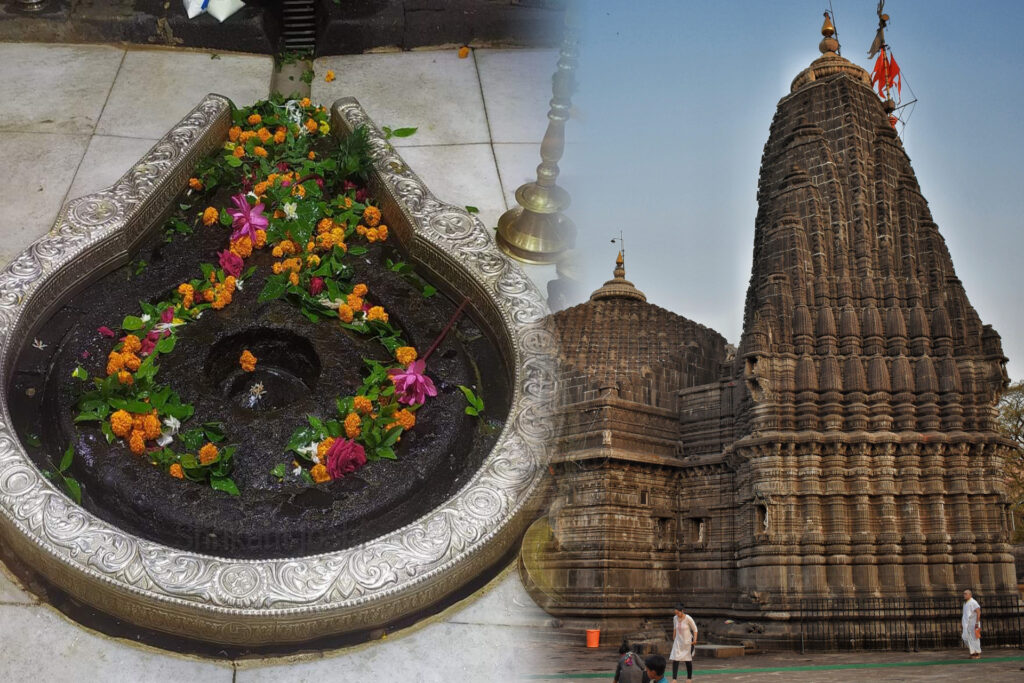
Spiritual Significance:
This is the origin point of the sacred Godavari River. The temple has three lingas symbolizing Brahma, Vishnu, and Shiva.
Why Visit:
It’s one of the rare temples where the holy trinity is worshipped together.
Location: Trimbak, near Nashik
How to Reach: Nashik Road Station is 38 km away. Mumbai Airport is 180 km.
Best Time to Visit: September to March
Don’t Miss: Kushavarta Kund and nearby Anjaneri Hills
Travel Tip: Photography is restricted inside the temple premises.
9. Vaidyanath Jyotirlinga – Jharkhand
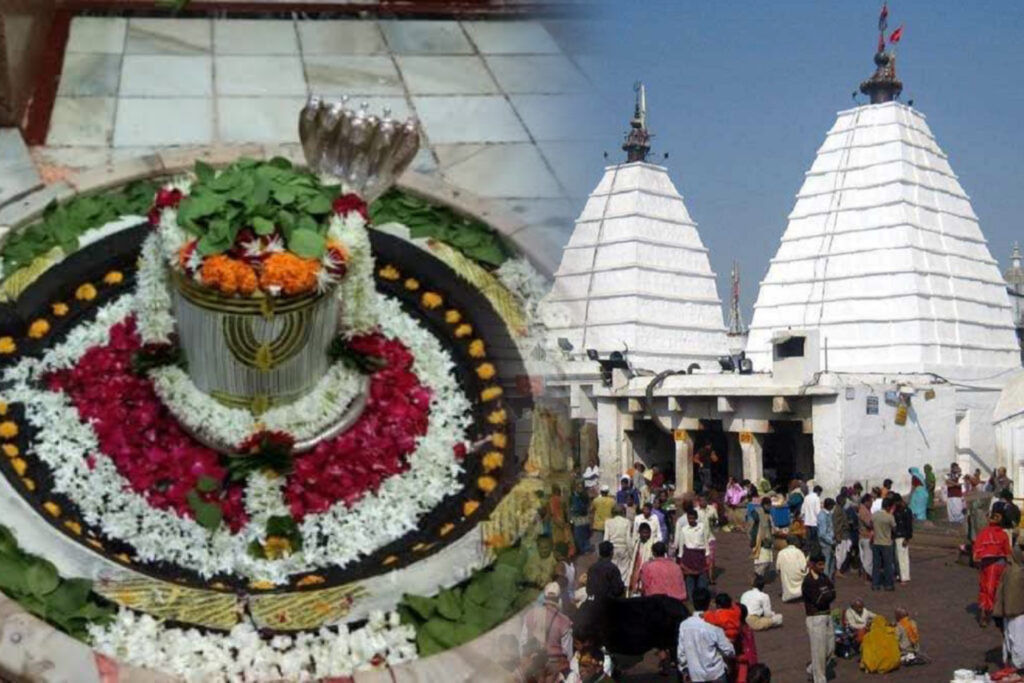
Spiritual Significance:
Ravana offered his ten heads in sacrifice here to please Lord Shiva.
Why Visit:
Also known as Baidyanath, it is worshipped as Shiva the healer.
Location: Deoghar, Jharkhand
How to Reach: Jasidih Railway Station (7 km). Patna is the nearest major airport.
Best Time to Visit: October to March
Don’t Miss: Shravani Mela in July-August
Travel Tip: Avoid peak pilgrimage season unless you’re okay with large crowds.
10. Nageshwar Jyotirlinga – Gujarat
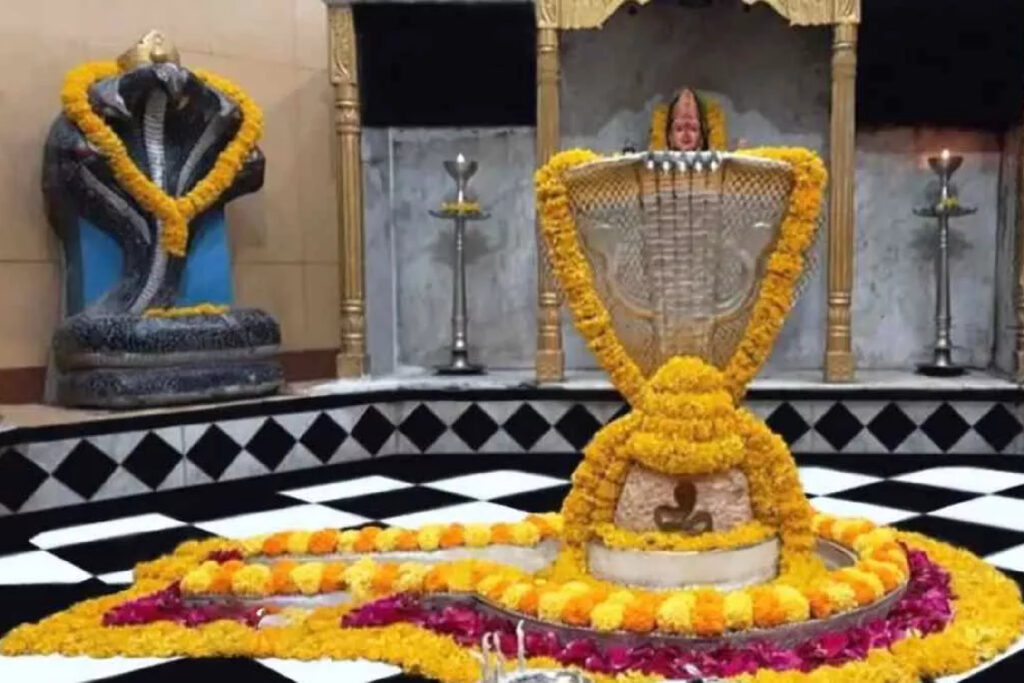
Spiritual Significance:
Shiva defeated the demon Daruka here to protect his devotee Supriya.
Why Visit:
The peaceful setting near Dwarka and the massive Shiva statue are highlights.
Location: Near Dwarka, Gujarat
How to Reach: Jamnagar Airport is 137 km away. Dwarka has a railway station.
Best Time to Visit: November to February
Don’t Miss: 25 meter tall Shiva statue beside the temple
Travel Tip: Combine this visit with the famous Dwarkadhish Temple.
11. Rameshwaram Jyotirlinga – Tamil Nadu
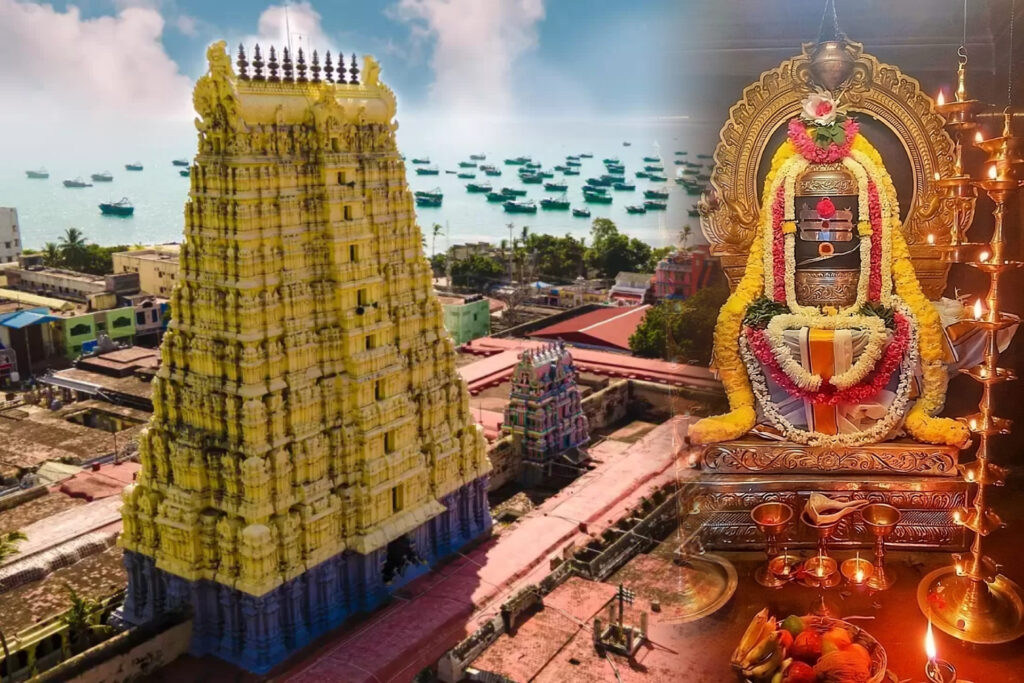
Spiritual Significance:
Before attacking Lanka, Lord Rama built a sand lingam here and worshipped Shiva for success.
Why Visit:
It is part of both the Char Dham and Jyotirlinga circuits.
Location: Rameswaram Island, Tamil Nadu
How to Reach: Madurai Airport (170 km), Rameshwaram Railway Station
Best Time to Visit: October to April
Don’t Miss: 22 Theertham (sacred water wells) ritual baths
Travel Tip: Visit early morning for peaceful temple experience.
12. Grishneshwar Jyotirlinga – Maharashtra
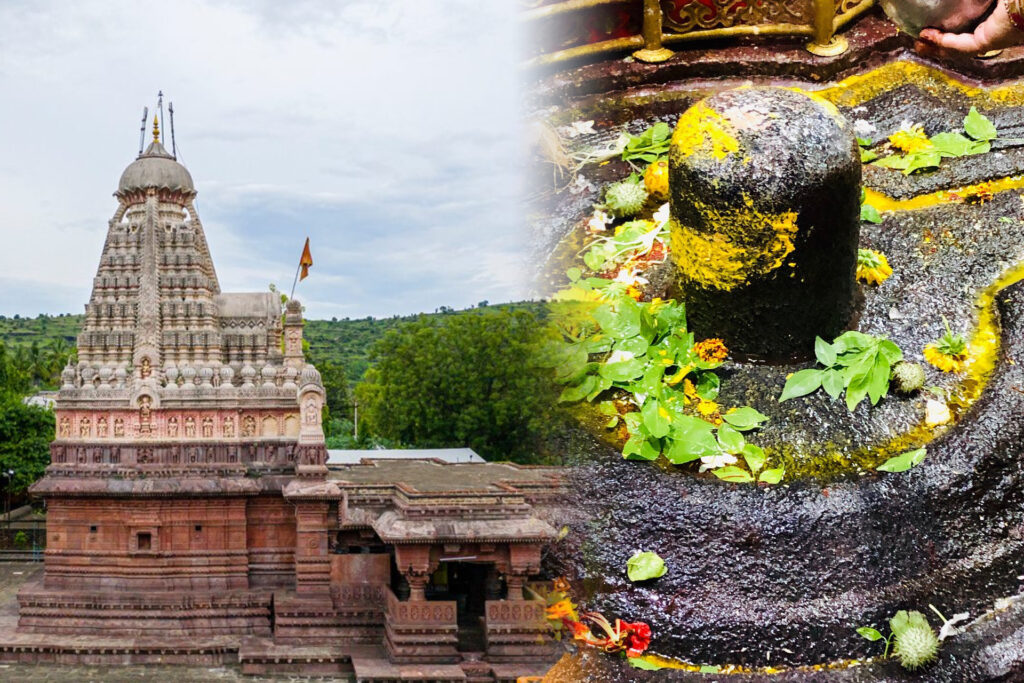
Spiritual Significance:
Shiva appeared to a devoted woman named Ghushma, bringing her slain son back to life.
Why Visit:
It’s the smallest Jyotirlinga but located next to the famous Ellora Caves.
Location: Near Aurangabad, Maharashtra
How to Reach: Aurangabad Airport is 30 km away
Best Time to Visit: October to March
Don’t Miss: A day trip to the Ellora Caves, just 10 minutes away
Travel Tip: Traditional attire is mandatory for temple entry.
Practical Travel Tips
- Clothing: Carry modest and traditional attire for temple visits.
- Transport: Rail is a good option for most routes. Use helicopters or treks for Kedarnath.
- Connectivity: Remote areas like Kedarnath may have limited mobile service.
- Festivals: Maha Shivratri and Shravan month are peak times book early.
- Cash: Carry some cash, not all places accept cards.
- Guides: Local guides often share fascinating oral stories, worth hiring.
Final Thoughts
The 12 famous Shiva temples in India represent more than just places of worship they are gateways to spiritual awakening, history, culture, and natural beauty. Whether you visit one or all 12 Jyotirlinga in India, each journey brings you closer to inner peace.
Pilgrimage is not just about reaching a place, it’s about transformation along the way. So pack your bags, open your heart, and embark on a journey that thousands have taken for millennia.

